
Sid Meier's Alpha Centauri is a 4X video game, considered a spiritual sequel to the Civilization series. Set in a science fiction depiction of the 22nd century, the game begins as seven competing ideological factions land on the planet Chiron ("Planet") in the Alpha Centauri star system. As the game progresses, Planet's growing sentience becomes a formidable obstacle to the human colonists.

Heretic II is a dark fantasy action-adventure game developed by Raven Software and published by Activision in November 1998 continuing the story of Corvus, the main character from its predecessor, Heretic. It is the fourth game in the Hexen/Heretic series and comes after the "Serpent Rider" trilogy. Although Id Software owns the publishing rights to the previous titles, Heretic 2 is owned by Activision since they own Raven Software and its IPs.

Soldier of Fortune is a first-person shooter video game developed by Raven Software and published by Activision in 2000 for Microsoft Windows. It was later released for the PlayStation 2, as well as the Dreamcast, while Loki Software also made a port for Linux. It was digitally re-released on GOG.com on October 2, 2018, along with its two successors. The player takes on the role of a U.S. mercenary as he trots around the globe hoping to halt a terrorist nuclear weapons plot.
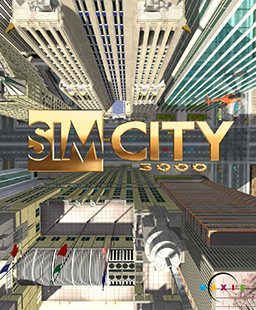
SimCity 3000 is a city building simulation video game released in 1999, and the third major installment in the SimCity series. It was published by Electronic Arts (EA) and developed by series creator Maxis. It was released for Microsoft Windows, Macintosh, and, through an arrangement with Loki Games, Linux.

Sid Meier's Civilization II is a turn-based strategy video game in the Civilization series, developed and published by MicroProse. It was released in 1996 for PCs, and later ported to the PlayStation by Activision.
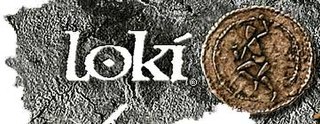
Loki Software, Inc. was an American video game developer based in Tustin, California, that ported several video games from Microsoft Windows to Linux. It took its name from the Norse deity Loki. Although successful in its goal of bringing games to the Linux platform, the company folded in January 2002 after filing for bankruptcy.

Rune is an action-adventure video game developed by Human Head Studios which was released in 2000. The game is based on Ragnarok, showing the conflict between the Gods Odin and Loki and the buildup to Ragnarok. Built on the Unreal Engine, the game casts the player as Ragnar, a young Viking warrior whose mettle is tested when Loki and his evil allies plot to destroy the world and bring about Ragnarok.

Call to Power II is a PC turn-based strategy game released by Activision as a sequel to Civilization: Call to Power, which itself was named after the Civilization series by Sid Meier; this game could not have "Civilization" in its title because the license to the Civilization name was lost.

Civilization II: Test of Time is a turn-based strategy game developed by MicroProse's development studio in Hunt Valley, and published by Hasbro Interactive in 1999. It is a remake of the best-selling game Civilization II that was released to compete with Sid Meier's Alpha Centauri. Test of Time's central innovation was the addition of multiple maps and the inclusion of two campaigns concerning science fiction and fantasy themes.
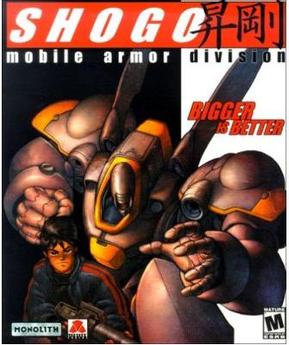
Shogo: Mobile Armor Division is a first-person shooter video game developed by Monolith Productions and published by Monolith and Interplay Entertainment in 1998. The game features on-foot first-person shooter action, and combat with anime-style bipedal mechs. Shogo is a combat system that features the possibility of critical hits, whereby attacking an enemy will occasionally bring about a health bonus for the player. Players take on the role of Sanjuro Makabe, a Mobile Combat Armor (MCA) pilot and a commander in the United Corporate Authority (UCA) army, during a brutal war for the planet Cronus and its precious liquid reactant, kato. Players must locate and assassinate a rebel leader known only as Gabriel. At two pivotal points in the game, the player also has the opportunity to make a crucial decision, which can alter the game's ending.

Kohan: Immortal Sovereigns is a real-time strategy video game developed by TimeGate Studios. It was published for Microsoft Windows by Strategy First in North America and Ubi Soft in Europe, and ported to Linux by Loki Software, both in 2001. With a high fantasy setting, the game follows immortal beings named Kohan. It features a lengthy single-player campaign and skirmish maps playable in multiplayer or against the AI. The gameplay focuses on controlling companies instead of individual soldiers, a mechanic praised by critics for eliminating micromanagement. A sequel, Kohan II: Kings of War, was released in 2004.
Linux Game Publishing was a software company based in Nottingham in England. It ported, published and sold video games running on Linux operating systems. As well as porting games, LGP also sponsored the development of Grapple, a free software network library for games. As well as acting as a Linux game porter in of themselves, they also functioned as a publisher for other Linux game developers and porters. The company was dissolved on 3 May 2011.
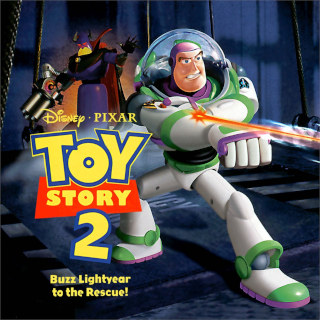
Toy Story 2: Buzz Lightyear to the Rescue is a 1999 platform game developed by Traveller's Tales and published by Activision and Disney Interactive. Based on Disney/Pixar's 1999 computer animated film Toy Story 2, it was released for the Nintendo 64, PlayStation, Microsoft Windows, and Macintosh in late 1999, while a Dreamcast version followed in 2000. The computer versions were released under the title Disney/Pixar's Action Game, Toy Story 2. A different version, a side-scrolling platform game titled Toy Story 2, was also released for the Game Boy Color in 1999.
Civilization is a series of turn-based strategy video games, first released in 1991. Sid Meier developed the first game in the series and has had creative input for most of the rest, and his name is usually included in the formal title of these games, such as Sid Meier's Civilization VI. There are six main games in the series, a number of expansion packs and spin-off games, as well as board games inspired by the video game series. The seventh installment in the series is slated for release on Feb 11, 2025. The series is considered a formative example of the 4X genre, in which players achieve victory through four routes: "eXplore, eXpand, eXploit, and eXterminate".
Linux-based operating systems can be used for playing video games. Because few games natively support the Linux kernel, various software has been made to run Windows games, software, and programs, such as Wine, Cedega, DXVK, and Proton, and managers such as Lutris and PlayOnLinux. The Linux gaming community has a presence on the internet with users who attempt to run games that are not officially supported on Linux.
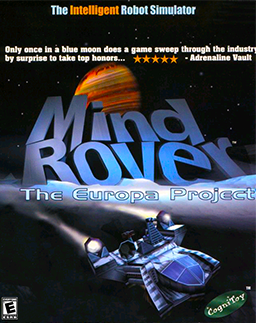
MindRover: The Europa Project, also known as simply MindRover, is a video game for PC, developed by CogniToy.

Heavy Gear II is a mecha based first-person shooter video game. Set in Dream Pod 9's Heavy Gear universe, the game was developed and published by Activision in 1999 for Microsoft Windows; it was ported to Linux in 2000 by Loki Software. It is a sequel to the 1997 video game Heavy Gear.
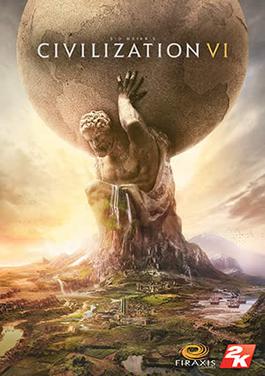
Sid Meier's Civilization VI is a 2016 4X turn-based strategy video game developed by Firaxis Games and published by 2K. The mobile and Nintendo Switch port was published by Aspyr Media. It is the sequel to Civilization V (2010), and was released on Windows and macOS in October 2016, with later ports for Linux in February 2017, iOS in December 2017, Nintendo Switch in November 2018, PlayStation 4 and Xbox One in November 2019, and Android in 2020.















